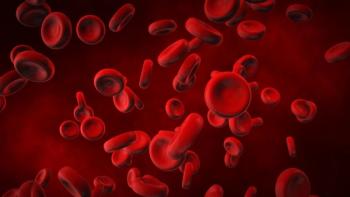
Achieving Precision With Radiation Oncology Advancements in NSCLC
The use of CT scans may help practices adaptively plan and adjust radiotherapy courses for patients with non–small cell lung cancer.
Technological advancements in modalities such as image-guided radiation therapy (IGRT) have helped with achieving precision in the treatment of patients with non–small cell lung cancer (NSCLC), according to Terence T. Sio, MD, MS.
In a conversation with CancerNetwork®, Sio, a professor of radiation oncology at Mayo Clinic in Phoenix, Arizona, highlighted developments in the radiation oncology field that have helped him in adaptively planning and adjusting treatment strategies for those with NSCLC. For example, cone beam CT scans may help ensure that patients are receiving suitable amounts of radiation as tumors are monitored for growth or movement.
Transcript:
In general, with lung cancer treatment, we are also focusing on different technological advances with different radiation therapy centers that are being more adapted. For example, during the radiation therapy planning sessions, we [are using] CT simulation. With a CT scan, nowadays, we are able to help record just how the tumor may be moving during the breeding cycle. That is important as we’re designing the radiation field and [determining] how accurate the radiation may be shining upon the tumors during the 6-week progress.
With multiple centers, we will also be doing more adaptive planning, meaning that we are also looking at the patient’s response for the tumor. During the 6 weeks of radiation therapy, for example, we may be getting another scan during week 3 or week 4 of radiation therapy and planning new radiation treatment targets to see if the tumor may have shrunken. Then, we can confine and design a smaller radiation field for that.
It is important to employ a very good IGRT method.
For example, with daily cone beam CT, we can do a mini-CT for the patients on the radiation machine table every day, making sure that we are matching the radiation field very accurately towards the tumor so that we can align the differences with the radiation field to where the tumor is being targeted. That will result in a better chance of helping our patients get the tumor cures well. Everything is about precision in radiation oncology.
Newsletter
Stay up to date on recent advances in the multidisciplinary approach to cancer.

















































































